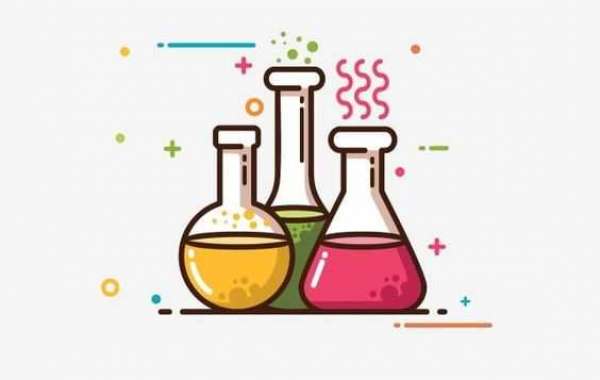Isopropyl alcohol (IPA; isopropanol, 2-propanol, CAS 67-63-0, C3H7OH) is a clear, colorless liquid with a fruity odor and slightly bitter taste. IPA is found in numerous household and commercial products, including rubbing alcohol, antifreeze, disinfectants, cleaning solutions, skin and hair products, and hand sanitizers. IPA is commonly used as a solvent for industrial applications. It is the second most commonly ingested alcohol after ethanol. Exposures to IPA reported to US poison centers have ranged from about 15,000 to 21,000 cases/year.3,18 In 2013, 15,454 single substance exposures occurred, with 85% unintentional in nature, 4% having moderate to major effects, and three deaths, reflecting a low case-fatality rate.3
Isopropyl Alcohol is rapidly absorbed from the GI tract; peak plasma concentrations occur within 30 minutes. Oral ingestion is the major route of exposure, but absorption can occur transdermally, rectally, or via inhalation. Children are especially susceptible to systemic symptoms from the dermal application of IPA used to reduce fever.
Metabolism occurs primarily in the liver by ADH into acetone. Acetone is metabolized to acetol (hydroxyacetone) by acetone monooxygenase (seeFig. 141.1). Further metabolic products include propylene glycol, methylglyoxal, lactate, formate, and acetate. Many of these minor metabolic products are then converted to glucose. Acetone reaches a peak plasma concentration from 7 to 30 hours postexposure and has a half-life of up to 24 hours. IPA follows first-order kinetics, with a half-life of 2.5 to 8 hours. ADH inhibition increases the half-life to 16 to 27 hours.18 Elimination primarily occurs via the kidneys, with up to 20% of IPA excreted unchanged in the urine.
Isopropyl alcohol directly acts as a CNS depressant and is considered to be twice as inebriating as ethanol. Acetone can also contribute to CNS depression. A concomitant respiratory depression can occur with profound CNS depression. With larger doses, peripheral vasodilation and decreased cardiac inotropy can cause hypotension.18 Topical exposure leads to corneal de-epithelialization, with dermal irritation.
Isopropyl Alcohol irritates mucosal surfaces, and GI effects typically occur early after ingestion. Nausea, vomiting, and abdominal pain typically ensue, but hemorrhagic gastritis, hematemesis, and significant blood loss can result with larger ingestions.18 As with other alcohols, pancreatitis is a potential complication. Aspiration of IPA can cause hemorrhagic tracheobronchitis and pulmonary edema.





